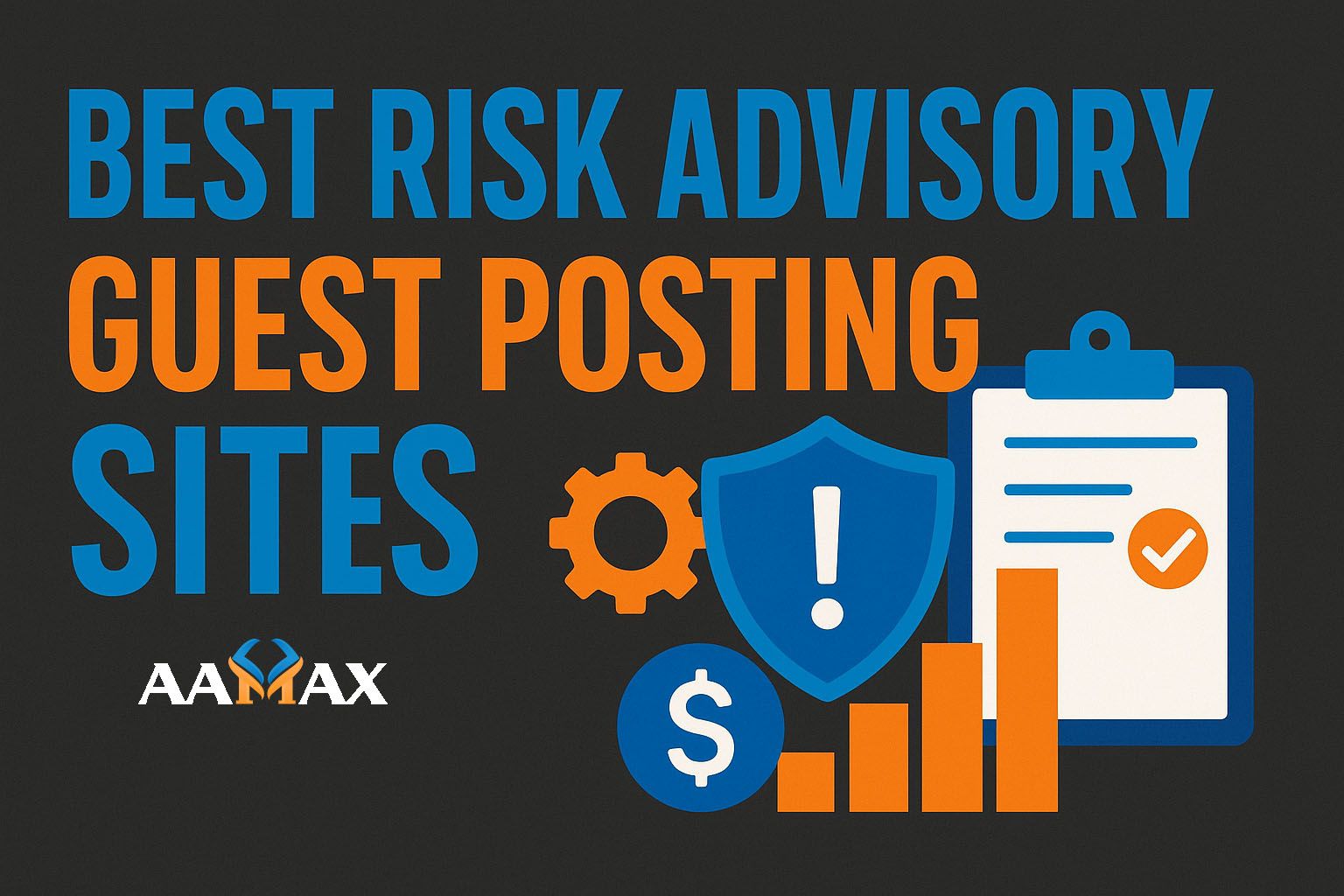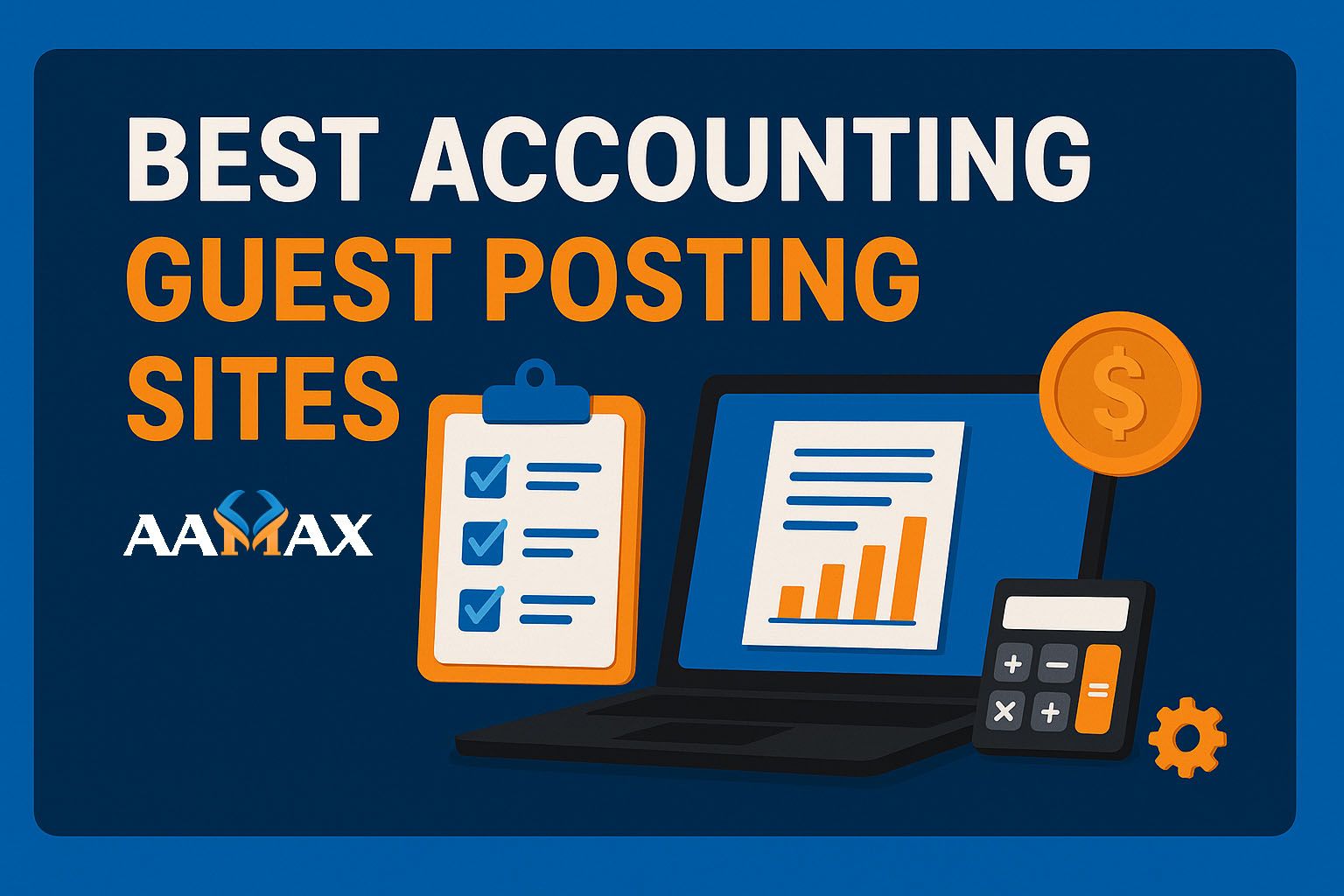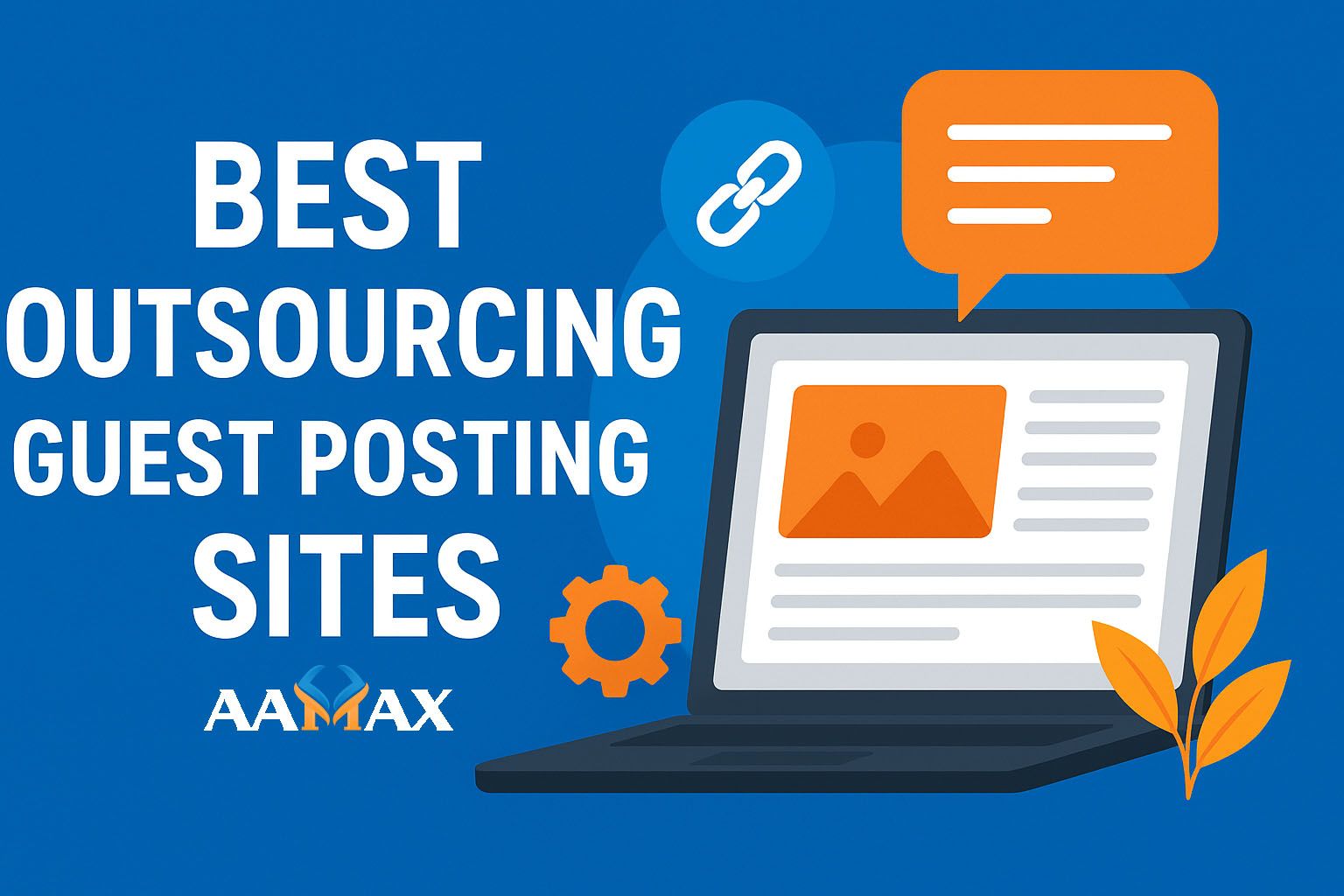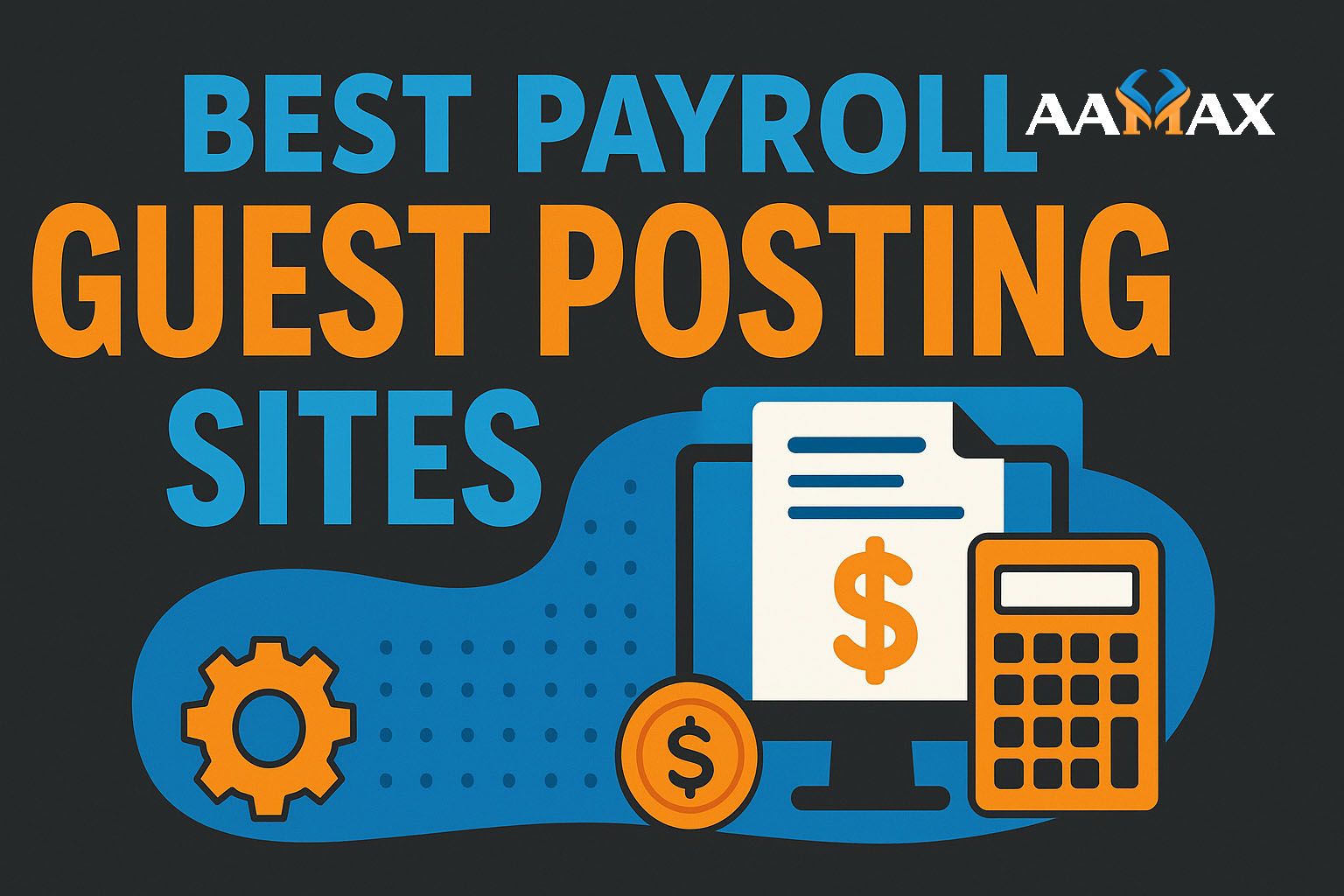
10 Types of Market Segmentation That Your Business Can Use
In today's hyper-competitive landscape, personalization is no longer a luxury—it’s a necessity. To effectively target and engage customers, businesses must understand that one-size-fits-all marketing no longer works. That’s where market segmentation comes in.
Market segmentation is the process of dividing a broad consumer or business market into sub-groups of consumers based on shared characteristics. This strategy enables companies to craft tailored messaging and offers that resonate deeply with each audience segment, ultimately improving conversion rates and customer satisfaction.
In this article, we’ll explore 10 powerful types of market segmentation that your business can leverage for strategic growth. Whether you're a startup or a seasoned enterprise, these segmentation techniques will help you reach your ideal audience more effectively.
1. Demographic Segmentation
Demographic segmentation is one of the most commonly used methods. It categorizes the market based on demographic variables such as:
- Age
- Gender
- Income
- Education
- Marital status
- Occupation
- Family size
Example: A luxury watch brand may target high-income males aged 35-50, while a skincare company may target women aged 18-30.
This segmentation is easy to implement and provides quick insights into who your customers are, making it essential for B2C businesses.
2. Geographic Segmentation
Geographic segmentation divides the market based on physical location:
- Country
- State
- City
- Climate
- Urban vs. rural
Example: A clothing brand might promote winter jackets in cold regions while focusing on summer wear in tropical climates.
This type of segmentation is crucial for companies with a wide reach or global presence. It allows for localization of marketing efforts, which enhances relevance.
3. Psychographic Segmentation
Psychographic segmentation goes beyond external characteristics and delves into customer lifestyles, interests, values, and personality traits.
Variables include:
- Social status
- Hobbies
- Beliefs
- Attitudes
- Lifestyle choices
Example: A sustainable apparel brand may target environmentally conscious consumers who value ethical sourcing and minimalism.
This type of segmentation creates emotional resonance and deeper brand-customer relationships.
4. Behavioral Segmentation
Behavioral segmentation focuses on how consumers interact with your brand and products. This includes:
- Purchasing habits
- Brand loyalty
- Product usage
- Benefits sought
- Buyer readiness stage
Example: A SaaS company may target power users with premium features while offering freemium models to attract new users.
Behavioral segmentation is highly actionable and essential for optimizing customer journeys.
5. Firmographic Segmentation
For B2B businesses, firmographic segmentation is the equivalent of demographic segmentation but applies to organizations.
Key variables include:
- Industry
- Company size
- Revenue
- Location
- Business structure
Example: A software company may offer different solutions to SMBs versus enterprise-level corporations.
Firmographic data helps in tailoring sales strategies and customizing offerings for each business tier.
6. Technographic Segmentation
In the digital age, understanding what technology your audience uses is crucial. Technographic segmentation focuses on:
- Hardware and software usage
- Digital behavior
- Mobile vs. desktop preference
- Tech readiness
Example: An app development firm might market differently to Android users than iOS users, or target companies using legacy systems with upgrade solutions.
This segmentation helps tech companies build compatible solutions and refine their digital marketing strategies.
7. Generational Segmentation
Different generations have distinct behaviors, preferences, and spending habits. Segmenting by generation allows businesses to tap into those nuances.
Common generational cohorts include:
- Gen Z (born 1997–2012)
- Millennials (1981–1996)
- Gen X (1965–1980)
- Baby Boomers (1946–1964)
Example: A fintech startup might focus on Millennials and Gen Z with mobile-friendly apps and social media campaigns.
Understanding generational drivers can refine product development and communication strategies.
8. Value-Based Segmentation
Value-based segmentation focuses on the monetary value a customer brings to your business.
Customers are grouped by:
- Purchase frequency
- Average order value
- Lifetime value (LTV)
- Profitability
Example: An e-commerce store might offer loyalty programs and VIP perks to high-value customers.
This type of segmentation helps prioritize high-ROI customer segments and allocate resources efficiently.
9. Needs-Based Segmentation
This strategy segments customers based on their specific needs or pain points. It requires deep customer research and understanding.
Example: A cybersecurity company may segment its audience into those needing compliance solutions versus those concerned with data breaches.
By addressing exact needs, companies can offer highly customized solutions and increase customer satisfaction.
10. Occasion-Based Segmentation
Occasion-based segmentation focuses on when a product or service is used or purchased.
There are two main types:
- Universal occasions (e.g., holidays, birthdays)
- Personal occasions (e.g., weddings, graduations, moving)
Example: A gift shop may run targeted ads for Valentine’s Day, while a moving company may target homebuyers during summer months.
This segmentation is perfect for time-sensitive promotions and seasonal marketing.
Why Market Segmentation Matters
Implementing effective market segmentation allows your business to:
- Enhance personalization and relevance
- Increase ROI from marketing campaigns
- Improve customer retention
- Identify underserved markets
- Strengthen brand loyalty
- Boost product development strategies
How to Implement Market Segmentation
Here are the key steps to applying segmentation in your business:
- Collect Data: Use surveys, analytics tools, CRM data, and market research.
- Analyze Trends: Look for commonalities and patterns in your data.
- Define Segments: Group audiences based on shared traits or behaviors.
- Craft Targeted Campaigns: Tailor messaging, offers, and channels to each segment.
- Test and Refine: Use A/B testing and feedback loops to measure and adjust.
This cycle of segmentation, targeting, and optimization is crucial for long-term marketing success.
Real-World Examples
- Spotify: Uses behavioral segmentation to create personalized playlists based on listening habits.
- Nike: Applies psychographic segmentation by creating campaigns that resonate with athletic lifestyles and motivation.
- Amazon: Leverages needs-based and value-based segmentation to recommend products and tailor email campaigns.
These giants understand that segmentation leads to relevance, and relevance leads to results.
Partner with AAMAX for Smarter Marketing
If all this sounds complex, you don’t have to do it alone.
AAMAX is a full-service digital marketing company offering:
- ✅ Web Development
- ✅ Digital Marketing
- ✅ SEO Services
With years of experience and a results-driven approach, AAMAX helps businesses identify the right segments and craft powerful, data-backed strategies that drive real growth.
Whether you're looking to redesign your website, run targeted ad campaigns, or boost your organic traffic through SEO, AAMAX has you covered.
🎯 Hire AAMAX today and turn your market segmentation into a revenue-generating engine.
Final Thoughts
Market segmentation is no longer just a marketing buzzword—it’s a business imperative. By understanding and applying the ten segmentation strategies discussed here, you can craft more targeted campaigns, increase customer engagement, and achieve better ROI.
When you’re ready to elevate your marketing strategy and tap into the full power of segmentation, partner with AAMAX, your trusted digital ally.
Explore AAMAX to get started today.







